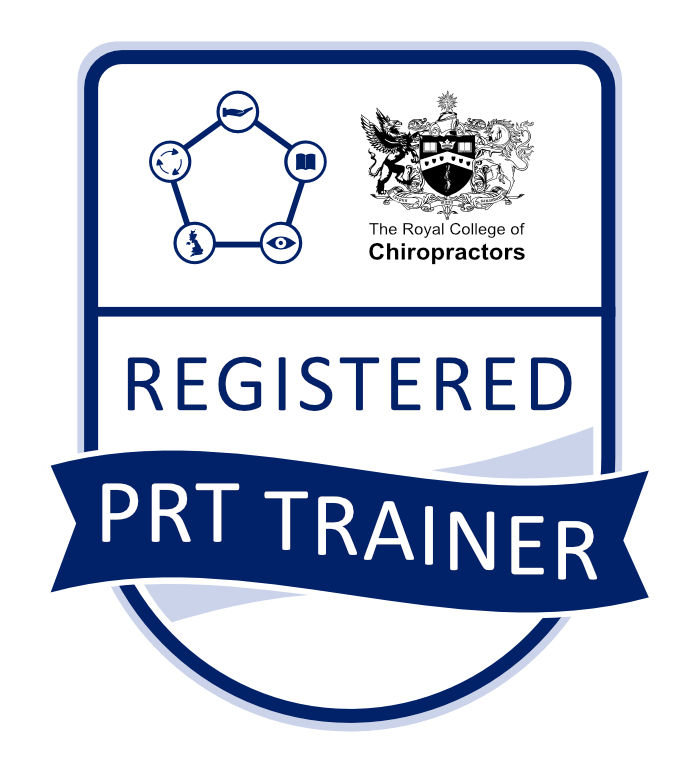The low back is an area made up of the lumbar spine (bottom 5 vertebrae), pelvis and the surrounding muscles, tendons and ligaments.
Low back pain is extremely common in the general population and its treatment is perhaps what chiropractors are best known for.
The joints, ligaments, tendons and muscles in the area are all capable of becoming inflamed, damaged or irritated and causing pain. It is our job as chiropractors to do a thorough examination and work out which part of the low back is causing the pain and why before we can start any treatment.
Different types of pain, location, severity, longevity and injuries a patient has suffered all help to determine the cause of the problem. Once we get to the root then we can look towards treatment. We individually tailor a treatment plan according to your needs, age, physical a general health. Typically, treatment may include a range of therapeutic interventions including, but not limited to manipulation, mobilisation, massage and rehabilitative exercises.
Occasionally pain can refer to the low back from a problem which the chiropractor can’t treat, such as a bowel or gynaecological problem. We are trained to determine if we are able to treat the problem or not and can send you to an appropriate clinician for treatment if we can’t help.
Any treatment will be explained to you before we start along with the cause of the pain. We find it is helpful for recovery to have a good understanding of what is causing the problem and have the patient take an active role in their recovery.
Some common causes of low back pain are:
An irritation in the facet joints. These are the small joints of the spine. There are two on either side of each vertebrae and they help the spine to flex and bend. When they become irritated, sprained or strained pain can be quite local or can even refer to the buttock or down the leg, mimicking sciatica.
A lumbar disc bulge on herniation. There is one disc between each vertebrae in the spine. They help to cushion the vertebrae and allow for smooth movement of the spine. The discs are made up of a fibrous outer layer with a jelly like inner core (a bit like a jam doughnut). With improper loading of the lower spine (especially involving bending and twisting) excessive force can be placed on the disc which can lead it to be injured, causing pain. This pain again can be local, or travel down the leg as sciatica.
There are some lifestyle changes you can make to decrease the likelihood of developing low back pain. Avoid sitting for periods of longer than 30 to 45 minutes at a time without moving or changing position. Avoid lifting or carrying anything heavy and prepare properly if you have to. Pilates, yoga or other exercises that engage the core musculature can help to strengthen and prevent injury (it’s best to check with a practitioner before you start any new exercises). Pelvic floor exercises are vital to improve overall core strength and stability and prevent injury.

